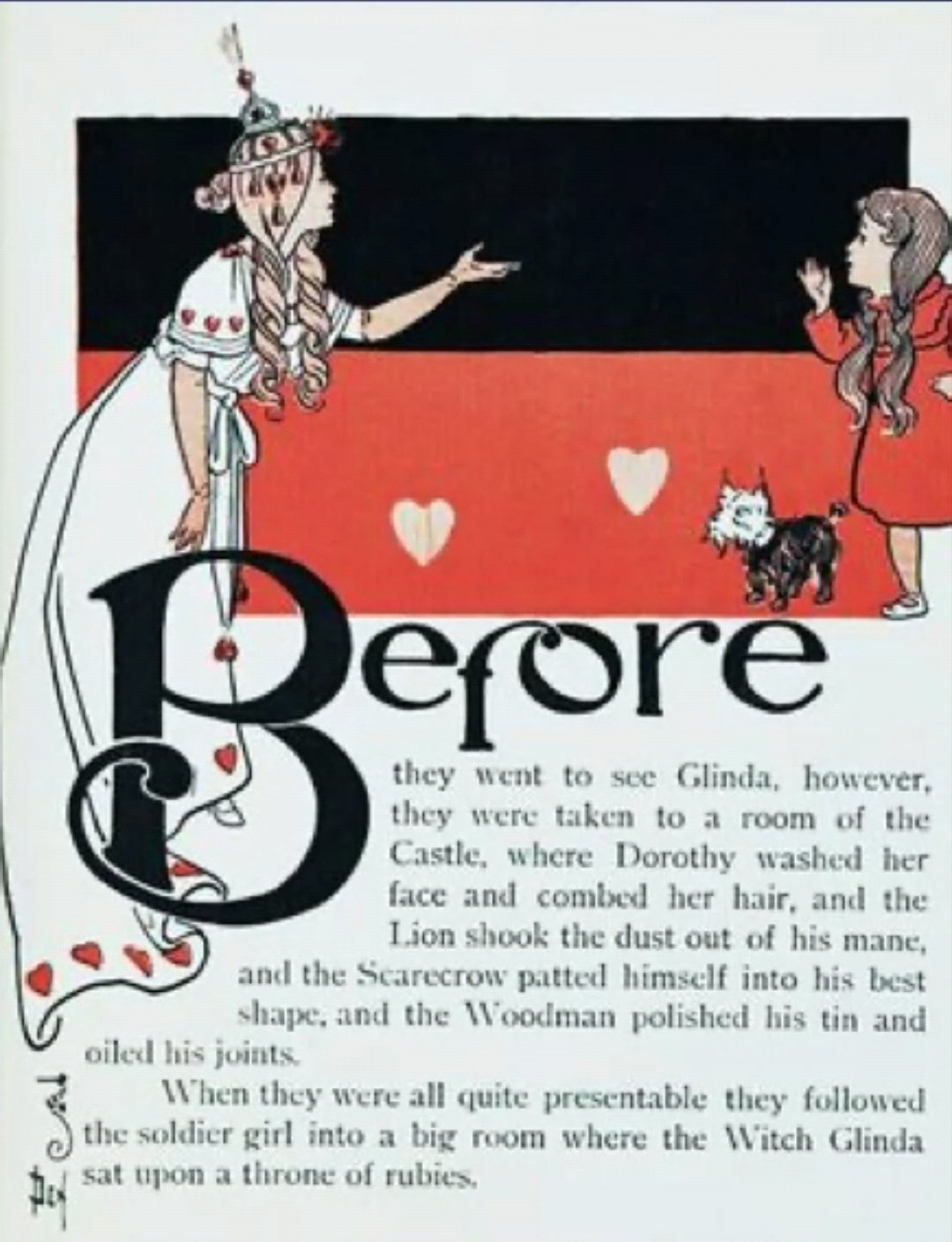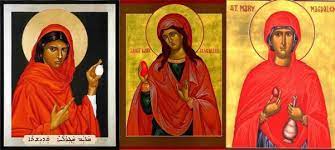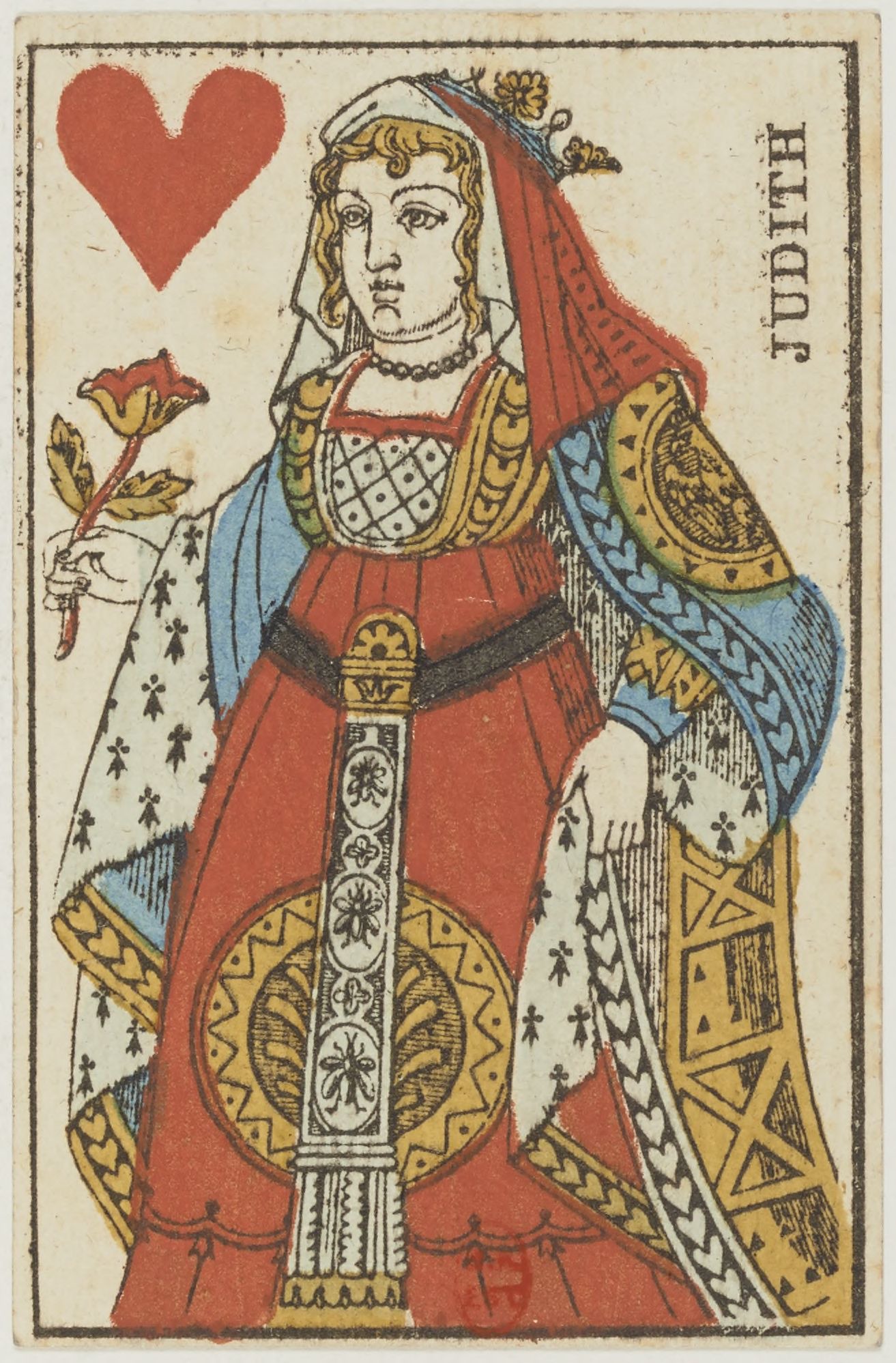The Red Queen
https://aldianews.com/articles/culture/social/mysterious-red-queen-symbol-mexican-women/63296
In Frank Baum’s, Wizard of Oz , Glinda is described as a cardinal witch from the South. Her dress color changes but we know that she sits on a throne of rubies. In book prints, she also has red hearts as her decorative symbol. One could assume this likens her to The Red Queen or the Queen of Hearts. Her cardinal direction is particularly interesting given archaeological reference to a Red Queen. In Spring 1994, a tomb was discovered in Chiapas, Mexico. Inside was the mummy of an aristocratic 16 year-old girl. The sarcophagus was covered in cinnabar so she was nicknamed the “red queen,” but it should be noted her headdress and other adornments were made of green-stone, apple-green jade and shell. Her true identity is believed to be Lady Tz’akbu Ajaw, wife of Pakal. The use of cinnabar as part of ancient burials was also found with the Xia people during the Bronze Age. Dust from the stone was used to lay foundations for the burial in order to bless the dead in the afterlife. There have been several similarities between the Mayan and ancient Chinese cultures, and research has shown the Mayan were not likely genetically homegenous so travel and exposure between the two was likely.
The site is known as Lakamh, which means “big,” “wide,” or “big water.” In researching the etymology of similar words, I have found:
Laka-Hawaiian Goddess of Dance (Hula)
La Cama-Bed Ha-He Has/It has Spanish translation would be “It/He/She Has a Bed.”
“Ha” in Hewbrew means “The God.”
The word “Lakom” also exists as another location. Romanized as “Lakom” and “Lakam,” it is a village located in Hapam Rural District in Khuzestan, Iran.
“La Cam” can mean the magenta leaf. Found in SE Asia, Java, S. China, Taiwan and Malaysia, the leaf is used to create purple food coloring. The plant is also found in limestone. This is an interesting correlation because of the amount of limestone used at Palenque. Limestone is chemically pure and often used as a building material because of its ability to conduct heat. Magically, limestone enhances purification and healing.
https://www.metmuseum.org/blogs/now-at-the-met/2018/golden-kingdoms-red-queen-women-of-power
https://mayadecipherment.com/2010/03/08/the-lakam-logogram/
https://www.highonadventure.com/hoa16jan/vicki/palenque.htm
https://www.nationalgeographic.com/travel/article/palenque-new-age
https://www.https://www.metmuseum.org/blogs/collection-insights/2018/cinnabar-vermiliondegruyter.com/document/doi/10.1515/char-2019-0012/html
https://usa.chinadaily.com.cn/culture/2014-11/18/content_18931785.htm
https://www.nature.com/articles/jhg200718
The other historical figure to share the Red Queen nickname is Queen Elisabeth of Bavaria, who visited Poland, China and the Soviet Union during the 1950s.
Of the many fictional references to the Red Queen, one of the most famous is that in the books of Lewis Carroll. Readers will note there was a distinction made in Caroll’s books between the Red Queen and the Queen of Hearts. Although attributed to the Red Queen, it was the Queen of Hearts that decreed, “Off with their heads!” Of this, he said:
“I pictured to myself the Queen of Hearts as a sort of embodiment of ungovernable – a blind and aimless Fury.
The Red Queen I pictured as a Fury, but of another type; her passion must be cold and calm – she must be formal and strict yetnot unkindly; pedantic to the 10th degree, the concentrated essence of all governesses!”
— Lewis Carroll in “Alice on the Stage”
While the Queen of Hearts has been attributed to Elizabeth of York, as well as the Biblical Judith, the most interesting origin story belongs to Marguerite of Valois. Her wedding to Henry of Navarre was known as the “vermillion wedding” due to the St. Bartholomew’s day massacre of Catholics who had gathered in Paris for the ceremony. Her brother was also the Duke of Anjou, which ties her to the myths of Melusine. Rumor has it that she had so many lovers who lost their lives, she was known to carry her dead lover’s hearts in her pockets. Before thinking this too macabre, know that Mary Shelley kept Percy’s heart with her. During that time, it was common to keep pieces of loved ones as mementos.
What does all of this have to do with vampires? You will have to read my book for that one.





